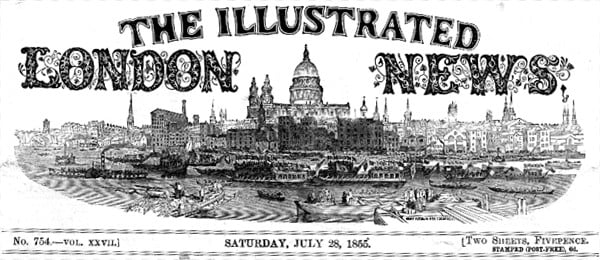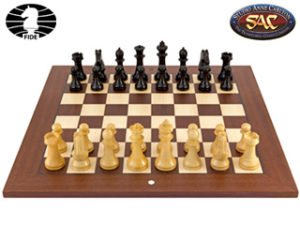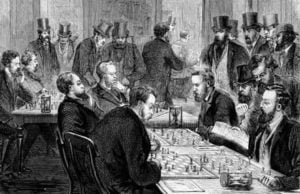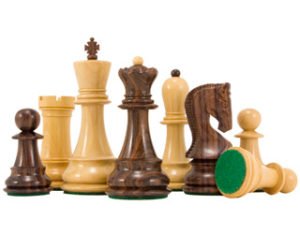All Shipping Costs Reduced
Since the beginning of the year we have shipped Chess Pieces, Boards and even Mugs all around the world
Last month, for example, we sent out our Constantine Ebony Chessmen all the way out to Kuwait.
And, as the rain kept coming down here in Somerset, in February we sent out our Templar Series Chessmen over to a slightly warmer climate in Thailand.
Our most regular international shipments, though, are over to the United States where our Isle of Lewis range is hugely popular. The Scottish Museum replicas of perhaps the oldest chess pieces in the world are particularly well-liked, with hundreds going out to the States every year.
In light of this we have spoken with our brilliant logistics partners and can now announce that all shipping for international customers will be reduced by 10 percent.
Over on the continent, however, we have been able to do even better.
Europe
As of today, our customers in Europe will be paying a quarter less for their shipping.
When we first started in 2008 the costs to send products to places like Spain, Greece and Italy were astronomical.
However, because the market has grown so rapidly, and delivery companies have lowered their prices, we are again able to pass our savings on to customers.
So every chess lover in Europe can now expect a 25 percent decrease in the cost of shipping.
The next question is really what to buy from our growing range of products?
We trust that you can decide that for yourselves although we wouldn’t mind someone sending over a raincoat for us. This writer forgot his and the rain is absolutely hammering it down outside.
In the meantime Au Revoir, وداعا and lā k̀xn.






